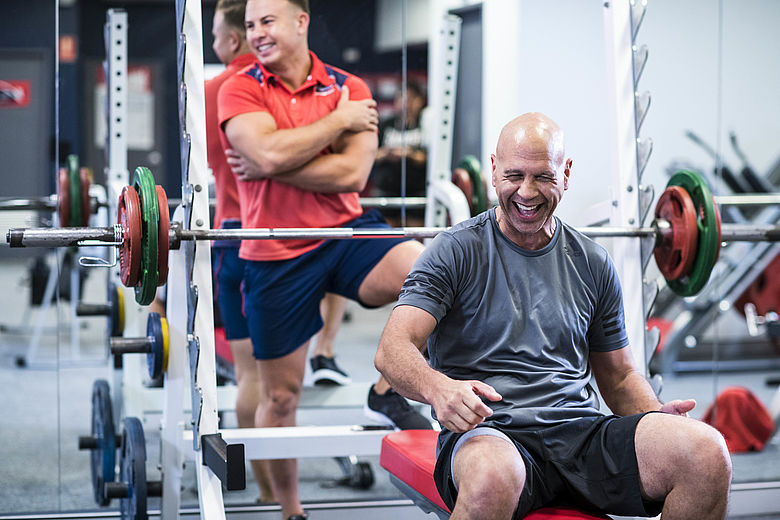They are the short cuts our brain makes overtime to solve everyday problems, from turning a light switch on when you walk into a dark room to checking the fridge when you’re hungry. Our conscious brain can only focus on one thing at a time, and we create these subconscious short cuts so we can focus on more important tasks. There are no good habits or bad habits, there are simply habits. We have to ascertain which of these habits are working towards the person we want to be or the goal we want to achieve, or if they are working against them.
Before doing anything else think about what that person might look like for yourself. We then have to recognise our current habits and their effect on our life. The best way to do this is sit down and write down everything you do from the time you wake up to the time you go to sleep. The trick is to be as objective as possible, imagine you are reviewing someone else’s day. There is no good or bad, there just is. Once we have done this, we can put them into 3 separate categories.
- Towards the person we want to be.
- Against the person we want to be.
- Neither towards nor against the person we want to be.
This is a really important step as it takes each habit you do and forces you to consciously think about its effect on your life, no longer letting it sit in your subconscious. This also allows us to highlight and focus on specific areas in our life that are being negatively affected by these habits.
An example of this in relation to health and fitness would be:
- Sleeping in made me rushed in morning (against).
- Didn’t have time to prepare lunch (against).
- Healthy snacks at work (toward).
- Went for walk when I got home (toward).
- Drank 2L of water (toward).
Now that we have ascertained which habits are working against us, we can start to implement strategies to improve them.
Habit Strategies
The key focus when creating a new habit is to make it as quick and easy as possible. It’s easy to get caught up with the notion of making massive changes to your routine and expecting them to stick. We have all heard the term it takes 30 days to create a new habit and whilst that might be true its actually the number of times you do it in the 30 days that counts, CONSISTENCY IS KEY.
Want to go for a walk every day? Break it down and create a habit you can get done within a minute e.g. Putting on your running shoes at the same time each day regardless of whether you actually go for that walk or not. Eventually that is going to become part of your routine, it’s just something you do. You then build from that. Each day you put on your running shoes, and you walk to your mailbox so on so forth. You might go for the walk, or you might not but that isn’t important, the important thing is that you complete that habit each day and then build from it, eventually you’ll be out on the street without even realising what you’re doing.
Make good habits visible. Make the habits you want to form and work on as obvious and easy to complete as possible. The least amount of friction the better. (Have fruit or healthy snack pre-cut in fridge or in clear view on counter) Making bad habits invisible by removing the temptation/cue of bad habits and creating as much friction as possible (don’t buy bad snacks, but if you have them putting them in a really inconvenient place, top of cupboard at the very back behind things, you know it’s there but it’s so much effort to get that it can be off putting)
Stacking habits - If you have a habit that you want to implement, stacking it on top of a pre-existing habit is a great way to trigger the next habit response, like a domino effect. This is great if you are trying to create a habit that you don’t think about often/ forget about e.g., want to drink more water but forget about it throughout the day. Before each meal you will fill up a glass of water and you don’t leave the table until you have finished the glass. You have attached a habit you don’t think about to a habit you do all the time. Associate something you want to do with something you have to do. Often a way for you to get excited about something you don’t want to do is you can combine it with something you already do, for example only watching a certain tv show when you’re on the treadmill.
I found in my own implementation of these strategies that simply becoming aware of the habits controlling my life I was able to acknowledge the actions that were leading me to those bad habits (poor eating and exercise habits). I found that once I formulated strategies and implemented them consistently, I stopped thinking about doing them, they just became part of my routine and regardless of fluctuations in my motivation and other outside factors changing once those habits were formed for me it was easy to keep doing them. I later on reassessed myself on my daily habits and found that up 70% of the habits that were working against me were no longer an issue which then allowed me to focus on those truly problem areas in my life. Definitely worth sitting down and putting some time into.

